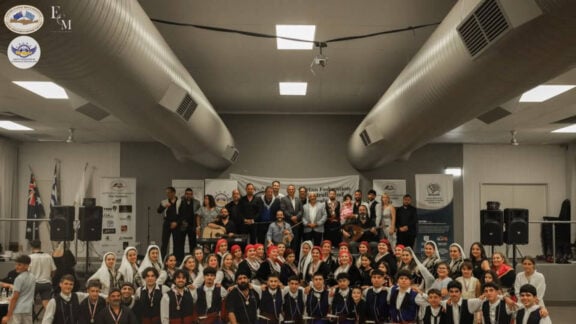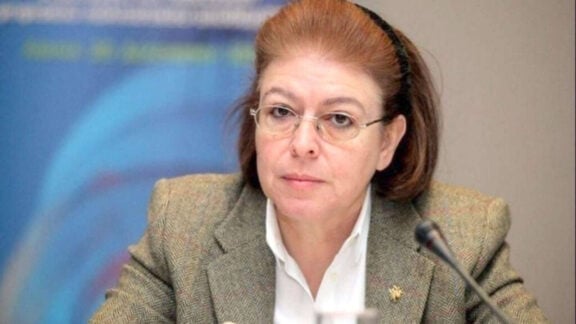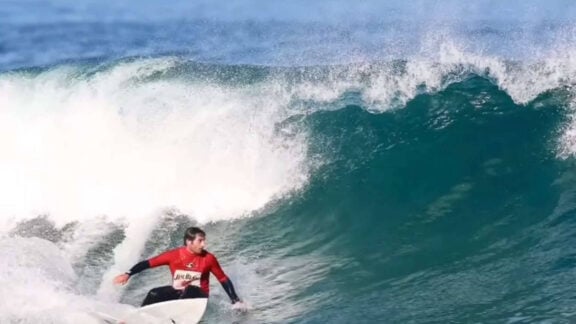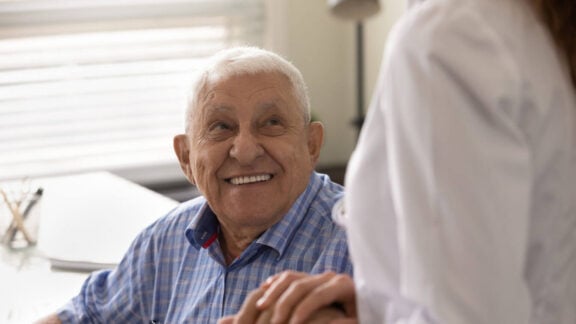Darryl Dunbar is no stranger to the scenes of rubble and deadly devastation on display after the earthquake in Turkey.
The leader of Australia’s search and rescue mission, sent to assist Turkish authorities, has previously worked in Christchurch after the New Zealand city’s own disaster, as well as at the NSW Thredbo landslide.
Assessing the scene at Antakya, Hatay province, in south Turkey, the search and rescue veteran is well placed to put the latest disaster in context.
“Turkey has a population of 85 million and the land mass (affected by the earthquake) is roughly the size of the north island of New Zealand,” he told AAP at the team’s tent-city base.
There have been thousands of aftershocks to the 7.8-magnitude earthquake which struck on February 6.
More than 32,000 people have died in Turkey and in excess of 4500 in neighbouring Syria.
Mr Dunbar leads a crew of 72 Australians, many of whom have worked as professional firefighters.
Since arriving on Sunday, the team had recovered two bodies, but they remain hopeful of finding survivors.
“Part of the process is always to hope for the best,” he said, adding that the chances of survival are helped by the cold weather, which can reduce the need for hydration.
But even if theirs is a recover mission, the work remains vital and the locals appreciate their efforts.
“It brings a level of comfort to the community, and a sense of closure … (to have found) their family members,” Mr Dunbar said
Jasmine Sarin is one of two women working on the frontline of Australia’s relief efforts.
Despite hearing reports of the earthquake’s devastation, the reality has still been shocking.
“No matter how many stories people tell you, until you see it for yourself, it doesn’t really hit home,” Ms Sarin said as she got on a bus to start her day, searching buildings for survivors.
“It will be good to get out there and help the community.”
Working alongside rescue crews are teams of doctors, nurses, paramedics, geotechnical engineers and HAZMAT specialists.
The Australian team’s accreditation with the UN International Search and Rescue Advisory Group means they are co-ordinating the Hatay province mission, supporting all the other rescue teams.
Antakya was among the hardest hit cities by the country’s worst earthquake in modern history.
The Australians are hand-picked and highly trained, some having worked in response to events such as the 2011 Fukishima nuclear disaster.
Mr Dunbar said the team’s highly specialised work is just as important in Australia, where in the past they deployed to Thredbo following the 1997 landslide, and more recently, as part of the NSW fire and rescue service have responded to major floods across the nation.
The team’s drive to support people in crisis overseas is part of the makeup of the Australian personnel, Mr Dunbar said.
“We’re always out there supporting and looking after the community, that’s just the ingrained process,” he said.
“We do that at home in our country, and with our skill set … (and) capability, we want to take that overseas to support people in their greatest need.”
There was no shortage of trained Australian volunteers to deploy to Turkey, but considering the limitations on space and the necessity to transport enough equipment in order to be self-sufficient, it’s a crew of 72 for starters.
The Aussie crew will work 24/seven in 12-hours shifts, helping to relieve exhausted international search teams.
Source: AAP









